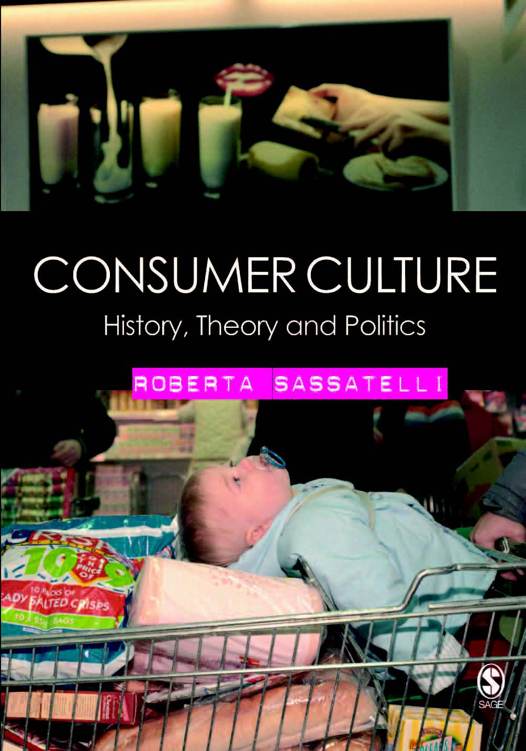

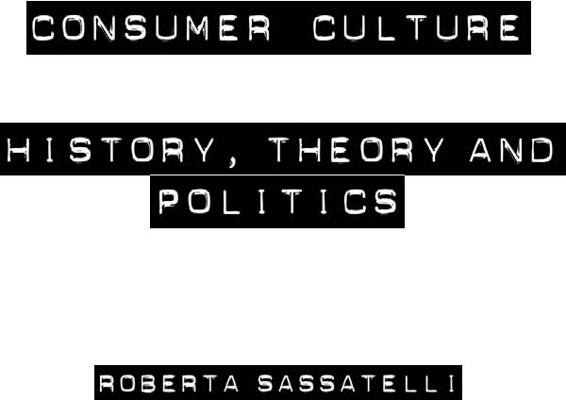

Roberta Sassatelli 2007
First published 2007
Apart from any fair dealing for the purposes of research or private study, or criticism or review, as permitted under the Copyright, Designs and Patents Act, 1988, this publication may be reproduced, stored or transmitted in any form, or by any means, only with the prior permission in writing of the publishers, or in the case of reprographic reproduction, in accordance with the terms of licences issued by the Copyright Licensing Agency. Enquiries concerning reproduction outside those terms should be sent to the publishers.
 SAGE Publications Lt d 1 Olivers Yar d 55 City Roa d London EC1Y 1S P
SAGE Publications Lt d 1 Olivers Yar d 55 City Roa d London EC1Y 1S P
SAGE Publications Inc . 2455 Teller Roa d Thousand Oaks, California 9132
SAGE Publications India Pvt Ltd B 1/I 1 Mohan Cooperative Industrial Area Mathura Road, New Delhi 110 044 India
SAGE Publications Asia-Pacific Pte Lt d 33 Pekin Street #02-0 Far East Squar e Singapore 04876
Library of Congress Control Number: 2006934303
British Library Cataloguing in Publication data
A catalogue record for this book is available from the British Library
ISBN 978-1-4129-1180-1 ISBN 978-1-4129-1181-8 (pbk)
Typeset by C&M Digitals (P) Ltd, Chennai, India Printed in Great Britain by The Cromwell Press, Trowbridge, Wiltshire Printed on paper from sustainable resources
Content s
Acknowledgements vii
Introduction : Born to consume Structure of the book
PART I THE RISE OF CONSUMER CULTURE 9
1 Capitalism and the Consumer Revolution 13
Consumption, production and exchange 13 The genesis of consumer capitalism 20 From courts to cities, from luxuries to fashion 25 Summary 30
2 The Cultural Production of Economic Value 32
Commodity flows, knowledge flows 32 The invention of the consumer and the cultural trajectories of goods 35 Consumer society as historical type 41 Summary 50
PART II THEORIES OF CONSUMER AGENCY 53
3 Utility and Social Competition 57
The sovereign consumer 57 The limits of economic rationality 60 Fashion, style and conspicuous consumption 64 Beyond emulation 69 Summary 72
4 Needs, Manipulation and Simulation 74
From commodity fetishism to critical theory 74 Nature, authenticity and resistance 78 Postmodern pessimism 82 Social relations and consumption 84 Summary 88
Contents
5 Taste, Identity and Practices 91
Taste and distinction 92 Cultural classification and identity 98 Appropriating commodities 101 Ambivalence and practice 106 Summary 109
PART III THE POLITICS OF CONSUMPTION 113
6 Representations and Consumerism 117
The anti-consumerist rhetoric and the apology of consumption 118 Advertising cultures and their languages 125 Ideology, social differences and consumerism 131 Summary 136
7 Commodities and Consumers 139
Commoditization and de-commoditization 140 Goods, values and the boundaries of commoditization 147 The normalization of consumption 154 Summary 160
8 Contexts of Consumption 163
Leisure, commercial institutions and public places 164 The home, the commercialization of feelings and cultural consumption 170 Localized consumption in McDonaldized settings 174 Alternative consumption and social movements 182 Summary 190
Epilogue : Consumers, Consumer Culture(s) and the Practices of Consumption
Further Reading and Resources 199
References 204
Index
Acknowledgement s
Because I have learned so much from the friends and colleagues with whom I have exchanged views and experiences about consumption, history, politics and cul tural theory in the last decade or so, I cannot imagine a better way to start this book than by thanking them for consuming their time and eyes on various texts of mine, and above all for their enthusiasm, friendship, and intelligence: thanks to Jeffrey Alexander, Adam Arvidsson, Massimo Baldini, Marina Bianchi, John Brewer, Paolo Capuzzo, Tim Dant, Cristina De Maria, Rossella Ghigi, Monica Greco, Yukka Gronow, Shaun Hargreaves Heap, Antoine Hennion, Sandro Mezzadra, Massimo Montanari, Jonathan Morris, Kate Nash, Alessandro Pizzorno, Marco Santoro, Alan Scott, Don Slater, Davide Sparti, Frank Trentmann, Alan Warde, Rick Wilk and to the late Paolo Donati. Most of these friends and colleagues have read early drafts, chapters or parts of this book and offered precious suggestions and comments. To present ones own work in progress is often an exciting and inspiring experience and I am grateful to the fol lowing institutions for inviting me to give papers on consumer culture: the History and European Civilization Department at the European University Institute, Florence, the Department of History at Warwick University, the Centre for Nordic Alcohol Studies at Helsinki, the Philosophy and Social Theory Workshop at the University of Exeter, the Department of Sociology at Lancaster University, the Department of Sociology at the University of Cork, the Istituto Gramsci of Rome, the Humanities and Social Sciences Department at the California Institute of Technology, Pasadena, the Social Studies Department at the University of Helsinki. As I have been teaching consumption for a decade, my thoughts have partly taken shape as I attempted to get sharper for my students, both in Italy and the UK: both their enthusiasm and doubts have been constant sources of inspiration, for which I thank them all. Last but not least, I am grate ful to Jasper Chalcraft for his graceful help with the intricacies of my second lan guage, Mila Steele and Katherine Haw at Sage for their supportive editorial and production assistance and Chris Rojek for his inspiring appreciation of my work. The book is dedicated to Marco and Riccardo, with deep love.
Introductio n
Born to consume
Growing up in most contemporary Western contexts, the average individual will be confronted not only with a cornucopia of commodities and commercialized services but also with a variety of discourses and institutions identifying such a context as consumer society or consumer culture. More or less explicitly, these discourses and institutions will address people as consumers. This book is con cerned precisely with the practices, discourses and institutions which have brought about and characterize consumer culture. Although the product of an historical process, the contemporary ways of organizing and understanding the relations between people and objects have several distinctive features.
In all societies objects accompany human beings throughout their existence, offering them support and inspiration and, at the same time, imposing limits and difficulties. In most European countries of today as well as the US or Canada, Australia or Japan, the birth of a child is greeted with a profusion of gifts (booties, bibs, dummies) with which parents, relatives and friends demonstrate their joy, just as the departure of a loved one requires the visible demonstration of pain through the purchase and appropriate use of particular goods (flowers, telegrams, cards of condolence). In so-called tribal societies, as in most traditional ones, elaborate public ceremonies are described as making use of different things as numerous and just as specific as these to mark the most significant moments in life. Indeed, we know of ancient civilizations from the diverse cultures which have succeeded one another in the Mediterranean basin, to pre-Columbian cul tures, to early Chinese empires through the remains of numerous objects which accompanied the everyday lives of their members, and which have often been recovered from rich burials. Even in times and places as profoundly characterized by religious asceticism as medieval Europe, people exchanged and made use of all kinds of things; there was in fact a remarkable circulation of non-essential objects linked to religious devotion in this period, including a blossoming trade in reli gious relics. More generally, the possibility that every culture could be handed down and become an object of cultural reflection for its members is linked to the spread of supporting materials which fix it (from parchment, to books, to CDs); thus it is through the consumption of cultural objects that a given culture can reach beyond the boundaries of the group which originally created it.

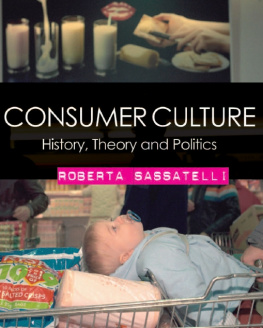
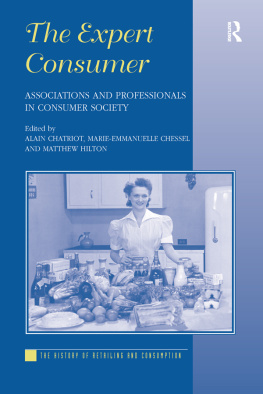
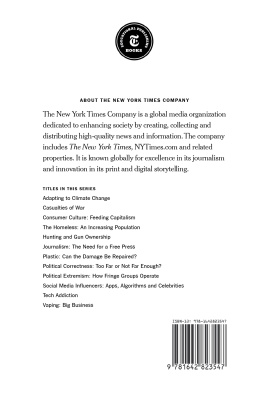
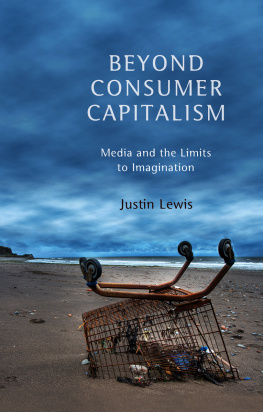
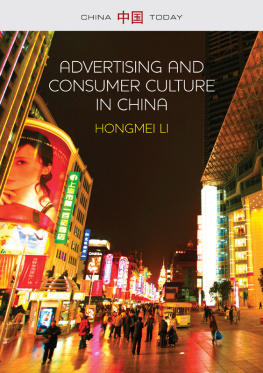
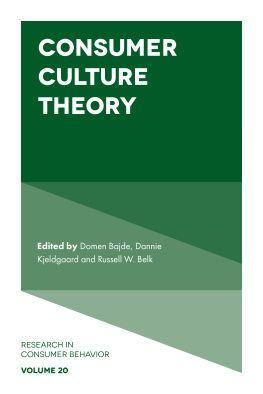

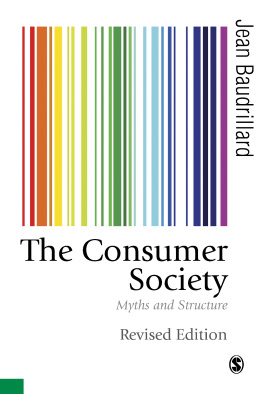

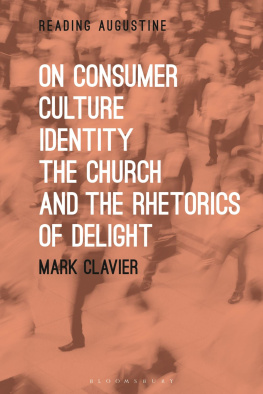
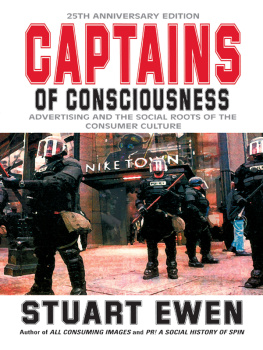




 SAGE Publications Lt d 1 Olivers Yar d 55 City Roa d London EC1Y 1S P
SAGE Publications Lt d 1 Olivers Yar d 55 City Roa d London EC1Y 1S P